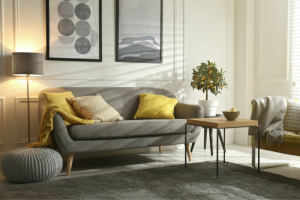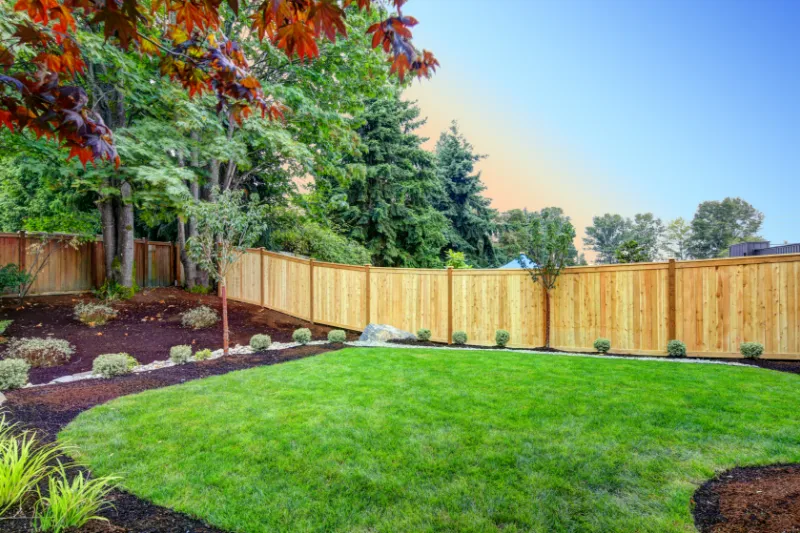As summer approaches, enhancing your home’s curb appeal not only contributes to a welcoming atmosphere…
Exploring the Timeless Appeal of Midcentury Modern Design
Midcentury modern design, a style that emerged in the mid-20th century, continues influencing today’s architectural and interior aesthetics. Known for its minimalism and smooth blend of traditional and unconventional materials, this design philosophy offers a clean, sophisticated look that appeals to many homeowners.
Defining Midcentury Modern
Originating in the 1950s and 1960s, mid-century modern design emphasizes minimalism, organic shapes, and a clever mix of wood, metal, and glass materials. The style is renowned for its open floor plans and a seamless connection between indoor and outdoor spaces, embodying modern architecture’s principles.
Features to Incorporate in Your Home
- Furniture and Accent Pieces: To achieve an authentic midcentury modern look, source original furniture from thrift stores, vintage shops, and estate sales. Iconic pieces like Eames chairs and Noguchi coffee tables are staples, characterized by clean lines and simple forms. Use accent pieces like throw pillows and wall art to enhance the aesthetic while maintaining a cohesive theme.
- Light Fixtures: Lighting is crucial in midcentury modern design. Choose fixtures like Sputnik chandeliers and overarching floor lamps that combine functionality with sculptural beauty. These illuminate and serve as focal points, complementing the clean lines and geometric shapes prevalent in the style.
- Color Palettes and Materials: Midcentury modern interiors often blend neutral tones and bold color accents. Neutrals like white, beige, and gray create a serene backdrop, while vibrant colors like mustard yellow, and teal add dynamism and flair. Materials such as wood, leather, and polished metal reflect the era’s fascination with organic and man-made elements.
- Art and Decor: Integrate art that reflects bold colors and geometric patterns typical of the midcentury period. Abstract sculptures and ceramics can add depth and interest to your space, emphasizing the style’s focus on individual expression through design.
- Outdoor Integration: Emphasize the midcentury’s hallmark indoor-outdoor flow by incorporating elements like large glass windows and sliding doors that open to nature, enhancing the open feel and bringing natural light into your home.
Practical Tips for Embracing Midcentury Modern
- Textiles and Patterns: Utilize textiles like area rugs and throw pillows with geometric or abstract patterns to inject personality and warmth into the space. These elements complement the overarching color scheme and the space’s harmony.
- Functionality: Midcentury modern furniture is not only about aesthetics but also functionality. Pieces are often versatile and fit well in various parts of the home, from the living room to the bedroom, reflecting the practical aspects of this design approach.
Finding Authentic Pieces
For those seeking genuine midcentury modern pieces, look beyond mainstream stores to places like estate sales and vintage shops where you can find original items that carry the history and charm of the era. Online marketplaces and local auctions are also good sources for these unique finds.
Conclusion
Midcentury modern design is a reflection of a movement that emphasizes simplicity, elegance, and the fusion of functionality with beauty. Whether refurbishing a single room or redesigning your home, incorporating midcentury modern elements can transform your space into a timeless sanctuary.


